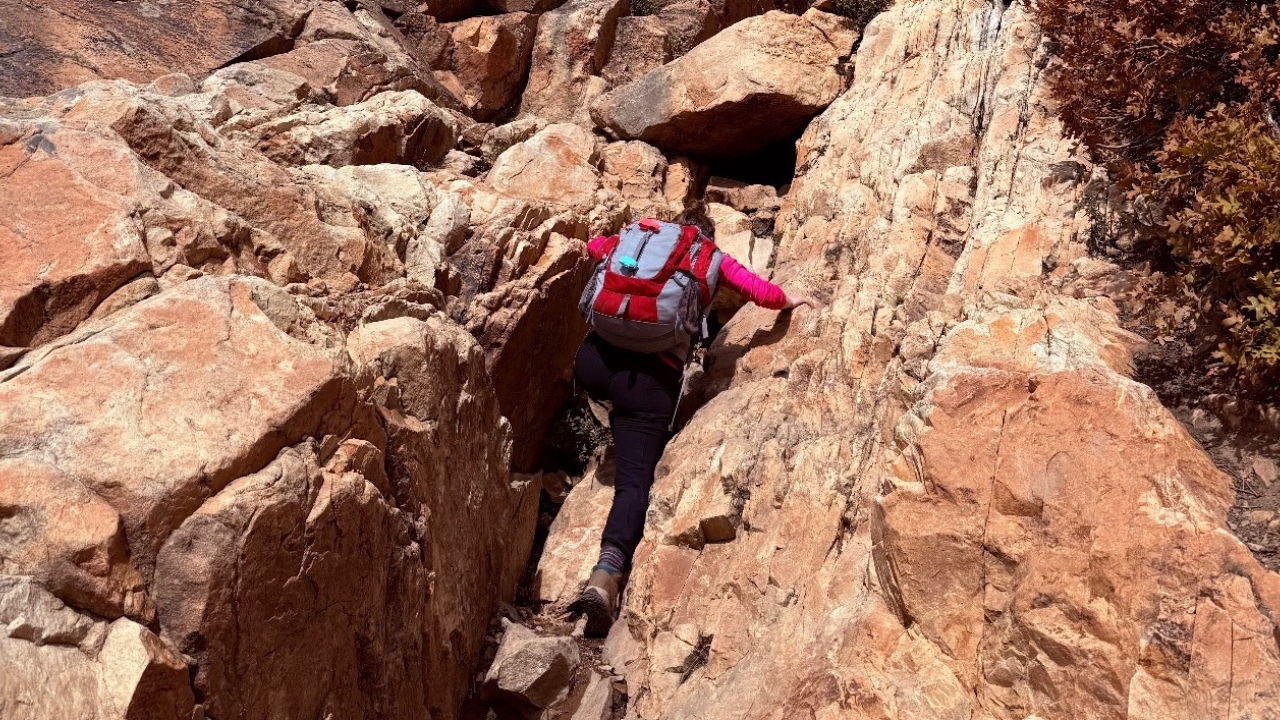FLYT Foundations: Building Run Leg Durability Through Time on Legs
Nov 03, 2025
Building Leg Durability: Why “Time on Legs” Matters in the Off-Season
As we move through the off-season and start to think about rebuilding our base fitness, it’s easy to focus solely on the cardiovascular side of endurance training — the heart, lungs, and aerobic capacity. But there’s another crucial component that often gets overlooked this time of year: leg durability.
Recent studies in endurance sport physiology highlight that durability — defined as how long an athlete can maintain optimal output while exposed to fatigue — is not simply a by-product of VO₂max or threshold work. What this means for us: those weekend hikes, stair-filled days on your feet, and unstructured activity are exactly the sort of exposure that builds the resilience our legs need when race season returns
For endurance athletes, leg durability isn’t just about how far or fast you can go. It’s about how resilient your body becomes over time — the ability of your muscles, tendons, ligaments, and connective tissue to handle repetitive stress without breaking down. It’s what allows you to hold your form late in a marathon, climb the final miles of an Ironman bike course, or power through the closing miles of a long trail run.
And the best part? You don’t have to be running to build it.
During this phase of training, I like to remind my athletes that time on legs — whether through structured sessions or active daily life — plays a major role in developing that durability.
Take one of my ultra runners, for example. He spends his weekends hiking steep terrain while hunting. Those hours of climbing and descending mountains build strength, coordination, and fatigue resistance — the very foundation of leg durability. And, add on the extra weight of hunting gear - we have one tough workout!
Another athlete in the Boston area spends much of his off-season in the White Mountains of New Hampshire, crossing summit after summit. Another athlete in Utah, spends her off-season weekends seeking the next Salt Lake peak! That combination of elevation gain, technical footing, and sustained movement builds incredible resilience for the race season ahead.
And then there’s the parent who logs 20,000 to 30,000 steps a day chasing kids at cross-country meets or walking the sidelines of other sports. That steady movement, though unstructured, still contributes to the same goal — strengthening soft tissue, improving load tolerance, and maintaining the rhythm of movement that carries into spring training.
As we transition out of the off-season, keep in mind: durability is earned through consistent exposure to movement, not just from running mileage. Hiking, walking, strength training, and even long days on your feet all build the foundation your next season will stand on.
So don’t discount those active hours outside the formal “training plan.” They’re not wasted time — they’re part of the process. The more variety you build into your base phase, the more resilient, efficient, and prepared your legs will be when it’s time to turn up the intensity.
This season, make it your goal to build durability — one step, one hike, one active day at a time.
At FLYT Performance, we specialize in helping endurance athletes design smart, individualized off-season strategies that build strength, resilience, and consistency — the foundation for next season’s success.
Ready to rethink your base training? Connect with us ([email protected]) to build your personalized off-season durability plan.
Coach Amy Javens is the owner and coach of FLYT Performance. She started out as a busy mother and wife and professional in the sport. She became fully committed to the sport as a professional triathlete with personal bests of the 9:25 and 4:26 in the full and half IM. She has been a coach for 35 years and is a leader in the endurance coaching industry. She enjoys helping busy triahletes excel at endurance sports.
Ready To Start Your Own Journey?
Connect with Coach Amy!
